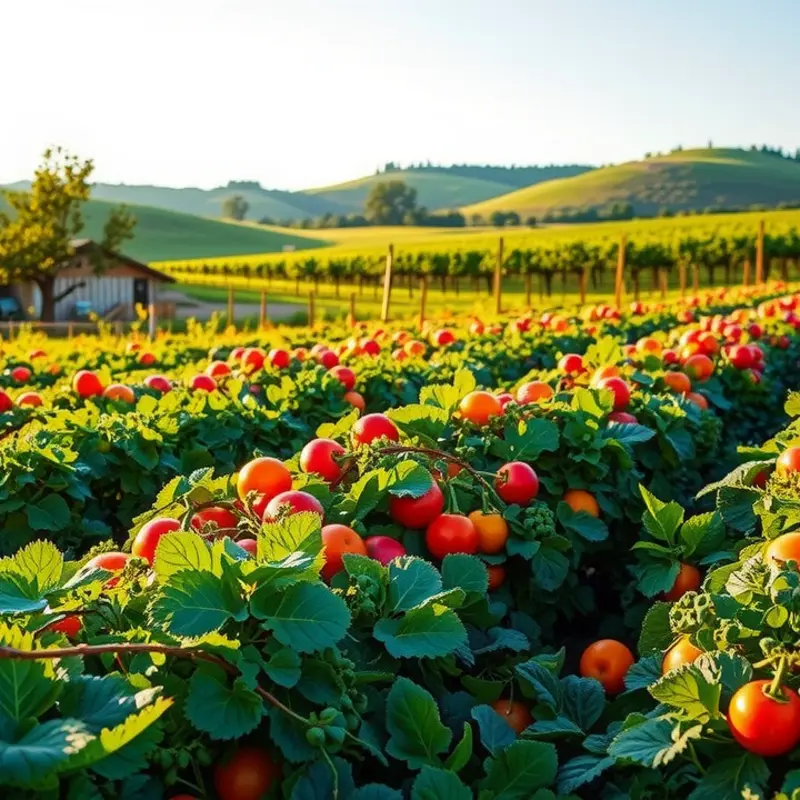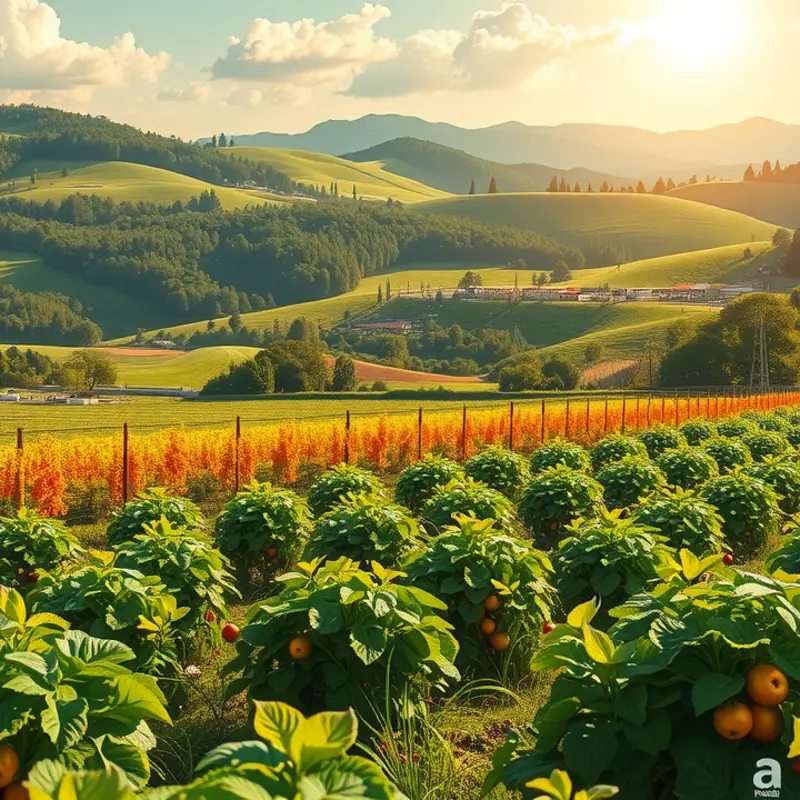Finding the perfect pizza crust can be a challenge for those with gluten sensitivities. However, a world of gluten-free alternatives awaits, from chickpea to cauliflower crusts. These options provide not only a delightful taste but also a nutritious base for your favorite toppings. Whether you’re a health-conscious cook or just curious to explore new flavors, this guide will introduce versatile options to elevate your pizza night.
Chickpea Crust: Protein-Packed and Flavorful

Chickpea flour, commonly known as besan, offers a delightful and nutritious base for a gluten-free pizza crust. Renowned for its versatility, chickpea flour not only ensures a crispy texture but also introduces a distinct nutty flavor that enhances any topping it holds. Moreover, its high protein content makes it a standout choice for those seeking a healthful yet indulgent pizza alternative.
Creating a chickpea pizza crust is a straightforward process that caters to both novice and seasoned cooks. Start by combining chickpea flour with equal parts water, a splash of olive oil, and your choice of seasonings such as salt, garlic powder, and a hint of oregano. Mix until you achieve a smooth batter, reminiscent of a lightly whipped pancake mixture. Pour this blend onto a parchment-lined baking sheet, spreading it evenly to your desired thickness, and bake in a preheated oven at around 450°F (232°C) until the edges turn a beautiful golden brown.
The charm of a chickpea crust is its ability to complement a wide range of toppings, offering room for culinary creativity. For a taste of the Mediterranean, top your crust with crumbled feta, vibrant kalamata olives, and sun-ripened tomatoes. The savory blend of flavors not only satisfies your taste buds but also transports you to the shores of the Aegean. Alternatively, marry this crust with the classic combination of creamy mozzarella and spicy pepperoni, allowing the nutty undertones of the chickpea to balance the rich flavors. To add some green goodness, consider a sprinkle of fresh arugula or basil after baking, introducing a peppery freshness to each bite.
While the chickpea crust stands robust under traditional pizza toppings, its potential in the culinary world stretches beyond the standard. Its pleasant taste and pliable texture make it an excellent pairing with creamy sauces or exotic combinations like grilled vegetables and tofu. For those mindful of their dietary plans, chickpea flour also aligns well with plant-based diets, promoting healthier eating habits without compromising on taste or satisfaction. If you’re interested in exploring more about easy plant-based eating, you can find useful insights and tips here.
Incorporating chickpea flour into your gluten-free crust repertoire not only brings variety to your meals but also contributes positively to your protein intake. This attribute is particularly appealing for those seeking to meet daily nutritional goals or diversify their protein sources. As you delve into creating your chickpea crust masterpiece, remember that the joy of cooking is about flavor, exploration, and nutrition. Unlock the potential of this humble flour, and allow your kitchen to become a stage for culinary innovation and flavorful discoveries.
Cauliflower Crust: Low-Carb and Delicious

Cauliflower has earned its place in the kitchens of those seeking gluten-free and low-carb diets. Its mild flavor and versatile texture make it an ideal base for a pizza crust that doesn’t compromise taste in the pursuit of health. Creating a cauliflower crust is a straightforward process, making it accessible even for kitchen novices.
Begin by selecting fresh cauliflower, the primary ingredient in this nutrient-packed crust. Grate it into rice-sized pieces using a food processor or a manual grater. This fine texture ensures even cooking and a cohesive crust. Lightly steam the grated cauliflower until it’s tender, yet retains some of its structure. Excess moisture can be removed by pressing the steamed cauliflower into a fine sieve or using a cheesecloth. This step is crucial for achieving a stable crust that won’t fall apart.
Once you’ve prepared the cauliflower base, the art of cauliflower crust really begins. Combine the steamed cauliflower with cheese, such as mozzarella or parmesan, which acts as a binding agent. Add a beaten egg to further enhance the crust’s structure. Season the mixture with salt, garlic powder, or your favorite herbs for added flavor. The combination of cheese, egg, and seasonings melds the cauliflower rice into a unified dough. Form the mixture into a crust shape on a parchment-lined baking sheet, ensuring an even thickness.
Bake this formation until it turns golden brown and crisp around the edges. This process typically takes 15-20 minutes in a preheated oven at 400°F, but it is always good to keep an eye on it. A perfectly baked cauliflower crust should be sturdy enough to hold your choice of toppings without crumbling.
The cauliflower crust is impressively versatile, lending itself to a variety of toppings. Traditionalists may top it with tomato sauce and mozzarella cheese for a classic Margherita, yet the options are limitless. For those daring to explore, consider a BBQ chicken pizza with smoky sauce, grilled chicken, and red onions. Alternatively, a flavor pairing of pesto, sun-dried tomatoes, and feta cheese can bring a Mediterranean flair to your plate.
This crust doesn’t only cater to savory creations. It can also be a base for sweet toppings like a ricotta and berry dessert pizza. With its low-carb, vegetable-rich profile, a cauliflower crust not only aligns with gluten-free and low-carb diets but also ensures you don’t miss out on the traditionally indulgent pizza experience.
For those looking to expand their expertise in gluten-free cooking, experimenting with different seasoning combinations can open up a world of new flavors. Additionally, mastering this technique emphasizes the benefits of minimal prep dinners that are both healthy and satisfying. Consider exploring practical ingredient batching to streamline your cooking further and equip your kitchen with versatility.
Final words
Gluten-free pizza crusts can elevate your pizza experience while meeting dietary needs. From chickpea flour’s protein boost to cauliflower’s veggie goodness, these alternatives are simple to prepare and customizable. Experiment with different toppings and seasonings to create your perfect pizza night. With these crust options in hand, say goodbye to grocery store substitutes and hello to homemade satisfaction.







